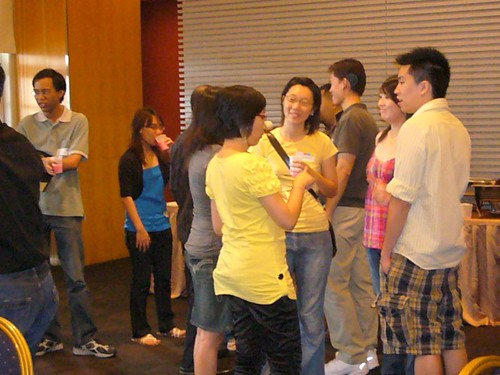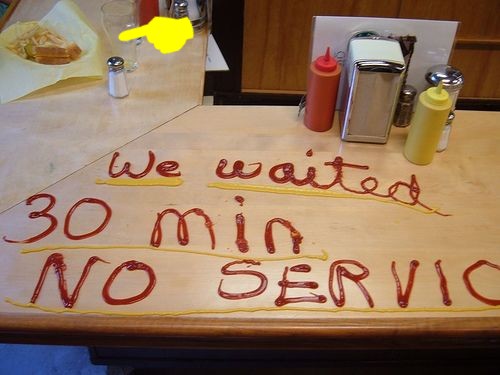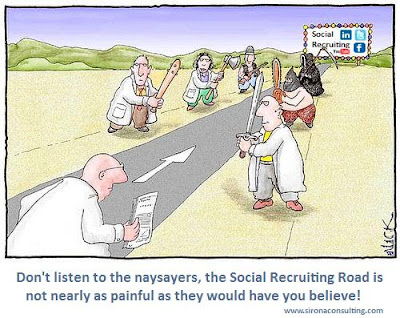Social media and digital marketing can be full of contradictions.
There is an inherent paradox in the digital world right now, especially with the onset of numerous social media and citizen centric channels.
Social media and digital marketing can be full of contradictions.
There is an inherent paradox in the digital world right now, especially with the onset of numerous social media and citizen centric channels.

Zoe Tay and Imedeen – Positive Partnership or Fabulous Failure? (source)
Lights (tweet), Cameras (Facebook update), Action (blog post)!
One of the fastest growing phenomenon on social media channels, celebrities are flocking to these online channels to expand their reach to their increasingly social media savvy fans.

Albert Einstein was often lonely (image source)
In the increasingly interactive, urbanised and 24-by-7 connected world, there is value in unplugging oneself from the grid to spend time alone. With social technologies and smartphones constantly connecting us to others in our social sphere, such an imposed isolation may bring us much good. Having that “pause which refreshes” is important as it allows one’s mind, body and soul to rejuvenate themselves.
Often, the greatest inspiration comes from instances of isolation, unfettered by the crowding and conforming concerns of the community. Many of the great geniuses created their pièce de résistance alone, in a place where they can focus all their intellectual and emotional energies on the task at hand. Momentarily freed from the mutterings of mundanity, their are able to weave their magic and make that masterpiece of science, art, literature or religion.
Well, apparently Chris Anderson, author of New York Times bestseller The Long Tail and editor-in-chief of WIRED magazine, seems to think so. Moreover, you can still make a decent living out of it.
In his book, FREE: The Future of a Radical Price (which you download completely for FREE though I have the paid paper version), Anderson shared that charging people $0.00 for goods and services can only be possible primarily through cross-subsidies. These could take the following routes:

Its not about the platforms but how you use them (courtesy of Blogworks.org)
I was invited to the Strategic Online PR & Media Relations Asia 2010 conference to share how my organisation embraced social media and managed to glean some useful lessons from the other sessions.
There were a broad range of topics covered – online campaign planning, crisis communications management, brand communications, Search Engine Marketing (SEM), defamation law, social media sentiment monitoring, and web analytics.

Social technologies and networks have driven demand for meet-ups like Social Media Breakfast
One of the greatest misunderstandings about the rise of social media platforms is that it will replace the need for being physically present at places and events. After all, it is far cheaper contacting somebody via Twitter, Internet Messaging, Facebook or Skype than to meet them in the flesh.
Now that social technologies have gone mobile, your iPad, iPhone, android or symbian smartphone allows you to plug in and participate in conversations 24 by 7. Need richer levels of interaction? Simply get a mobile broadband device or tether your 3.5G phone to your laptop and you can share documents, wikis, blog posts, presentation slides, spreadsheets and more.

Courtesy of sayitcommunity.com
Customer experience management is the new marketing. While the world swoons over the impact of digital technologies on customer experience, it is often basic customer service which determines if a company swims or sinks.

MC Escher’s “Relativity” (source of image)
Does success always mean moving up the corporate ladder? What if you can consciously choose to go sideways instead?
Traditionally, organisational progress meant getting promoted and scaling up the rungs of management. However, things are certainly changing in this day and age.

In an age where the competition for talents becomes red hot, the most important strategy that any organisation needs to have is to get the right people in, motivate, retain and develop them. With more and more Singaporeans spending a large amount of time online, it is critical that any HR recruitment strategy should examine how social networks and channels could be deployed in the fierce battle for talent.
In my view, there are two key ways to a social recruiting strategy: develop compelling organisational content, and leverage on the right channels and connections.

(courtesy of 24 Seven)
Any PR person worth his or her salt these days would know that reaching bloggers, youtubers, flickrers, facebookers and twitterers (etcetera..) isn’t exactly the same as engaging the mainstream press. Trying the same traditional approach may only court failure, disappointment, and maybe even a tongue lashing (trust me I have been there)!
So how can you attract bloggers to participate in a gathering?